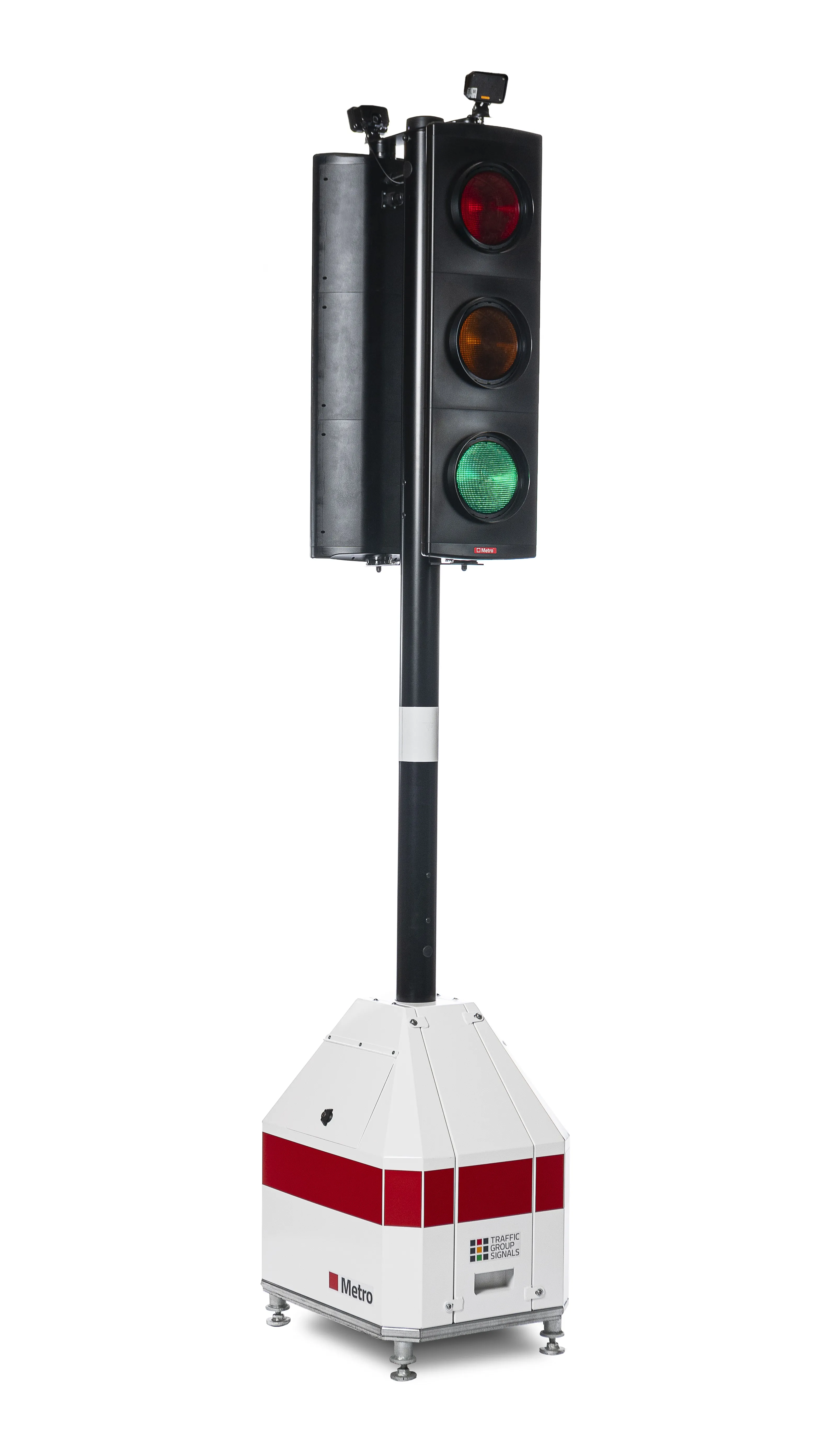According to Swedish company Triplesign, its new range of variable message signs (VMS), developed for lane closure operations has a number of benefits over traditional LED VMS. Visually, the sign is like a normal static traffic sign, but appearances can be deceptive. There are actually several signs built into each unit, one for each traffic lane on a multi-lane road. Each lane can be independently operated by the traffic management system.
April 2, 2014
Read time: 2 mins
According to Swedish company 7697 Triplesign, its new range of variable message signs (VMS), developed for lane closure operations has a number of benefits over traditional LED VMS.
Visually, the sign is like a normal static traffic sign, but appearances can be deceptive. There are actually several signs built into each unit, one for each traffic lane on a multi-lane road. Each lane can be independently operated by the traffic management system.
As a lane closure sign, the VMS would be deployed on each traffic lane to deliver the closure information effectively. In this application, the sign can also be used to display a message to indicate the opening of an alternative lane, such as the hard shoulder, in the event of congestion or other hold-up. Traffic may also be directed to use a lane on the opposite side of the road during an incident, or temporary separate lanes can be created for HGVs or public transport.
The company says there is a large difference in cost when compared with LED-based VMS and the signs do not require a constant power supply to operate continuously. In standby mode the sign requires either no power or almost no power, depending on the application. The power required is so small that Triplesign prismatic VMS can be solar operated as standard, avoiding expensive power supply installations and promoting a greener environment.
Visually, the sign is like a normal static traffic sign, but appearances can be deceptive. There are actually several signs built into each unit, one for each traffic lane on a multi-lane road. Each lane can be independently operated by the traffic management system.
As a lane closure sign, the VMS would be deployed on each traffic lane to deliver the closure information effectively. In this application, the sign can also be used to display a message to indicate the opening of an alternative lane, such as the hard shoulder, in the event of congestion or other hold-up. Traffic may also be directed to use a lane on the opposite side of the road during an incident, or temporary separate lanes can be created for HGVs or public transport.
The company says there is a large difference in cost when compared with LED-based VMS and the signs do not require a constant power supply to operate continuously. In standby mode the sign requires either no power or almost no power, depending on the application. The power required is so small that Triplesign prismatic VMS can be solar operated as standard, avoiding expensive power supply installations and promoting a greener environment.









